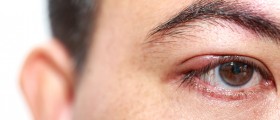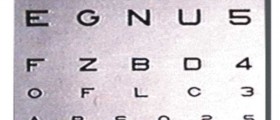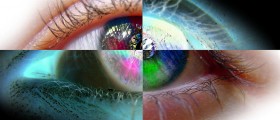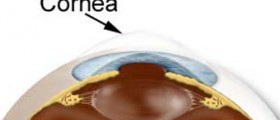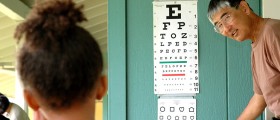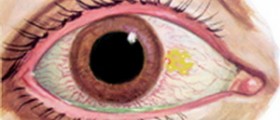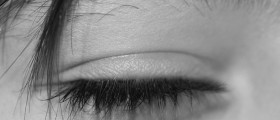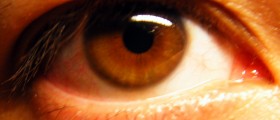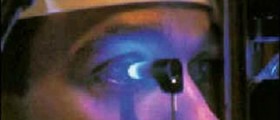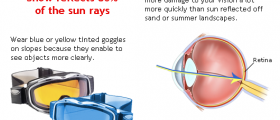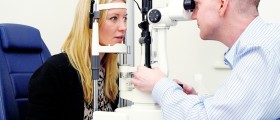Overview
LASIK (laser-assisted in-situ keratomileusis) eye surgery is performed for correcting certain visual issues. It involves using a special type of cutting laser to reshape the cornea of the eye so that light is focused (refracted) correctly on the retina in order to improve the patient's vision.
The visual disturbances that can be corrected using LASIK surgery include:
- Myopia (near-sightedness) - with this condition, the eyeball may be too big or the cornea curves too much resulting in light focusing in front of the cornea. This causes the affected individual to only see nearby objects clearly and objects further away look blurry.
- Hyperopia (far-sightedness) - here, the light is focused behind the retina causing the individual to see far-away objects clearly but nearby objects are blurry.
- Astigmatism - uneven curvatures of the cornea cause the light to focus on different areas of the two retinas and this causes disrupted the focus of near and distant objects.
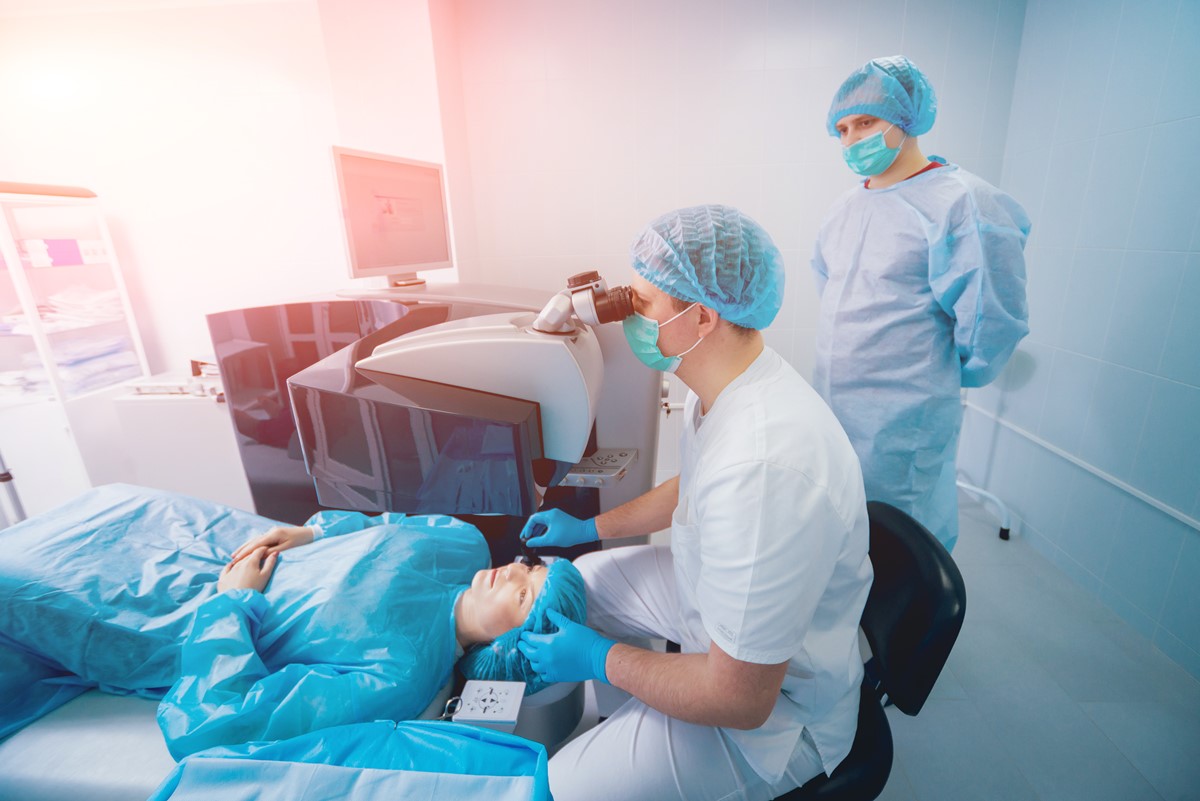
Risks
There are risks associated with LASIK surgery and some usually clear up within a few weeks or months. There are rarely long-term problems but these possibilities need to be discussed by the operating doctor so that the patient can make an informed decision regarding the surgery.
These risks include:
- Dry eyes for up to six months which may reduce the quality of the patient's vision.
- Under-correction of the initial problem which results in continued blurry vision and a repeat LASIK procedure may be needed here.
- Double vision, halos, and glares may be noticed at night after the surgery and this may last for a few days to a few weeks. One's vision in dim light may be reduced to a great extent with this surgery.
- Over-correction of the initial visual issue. Too much tissue of the cornea may be removed and this may be a more difficult problem to correct than an under-correction.
- Folding back or removing a flap of tissue from the front of the eye during the LASIK surgery can result in complications such as excess tear production or infections. The epithelial layer of the cornea may grow back abnormally under the flap resulting in scar tissue formation.
- Astigmatism - uneven tissue removal may result in this complication and may require additional surgery.
- Visual changes or loss of vision - this is a possibility but is a very rare complication, especially in well-trained and competent hands.
Medical conditions that can increase the risk of complications
The following are conditions that may increase the risk of developing complications associated with LASIK surgery and doctors may suggest that patients not undergo the procedure in these cases:
- Having a weakened immune system due to infections such as HIV or due to immune-suppressing medications.
- Autoimmune conditions such as lupus.
- Persistent dry eyes.
- Conditions affecting the cornea such as uveitis, keratitis, and herpes simplex infections.
- Glaucoma and cataracts.
- Eye injuries or eyelid disorders.
- Visual changes as a result of certain medications, pregnancy, hormonal changes, age, or breastfeeding.
Contraindications
LASIK surgery is not recommended in patients with the following conditions and situations:
- Keratoconus or in those with a family history of the condition.
- Severe near-sightedness.
- Having a fairly good overall vision.
- Those with large pupils and thin corneas.
- If participating in contact sports, especially those where there may be trauma to the face.
- Having age-related changes that cause visual disturbances.
- www.ncbi.nlm.nih.gov/pmc/articles/PMC4148820/
- Photo courtesy of SteadyHealth


